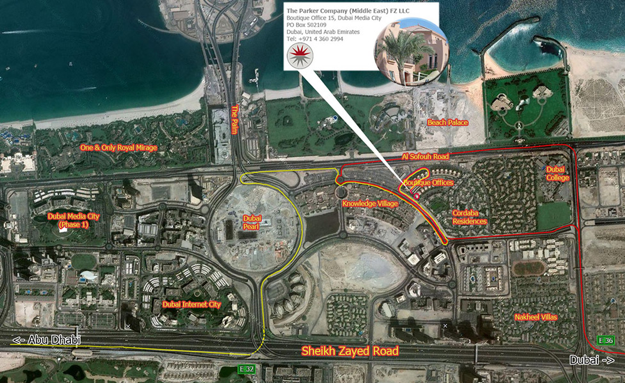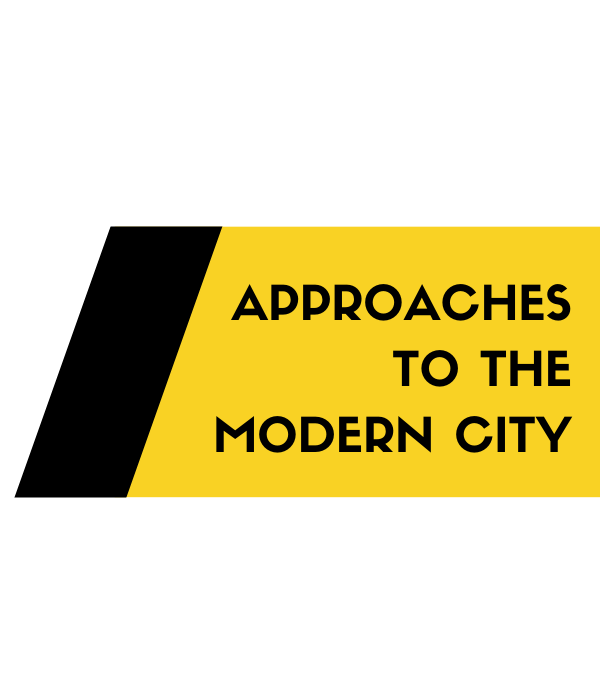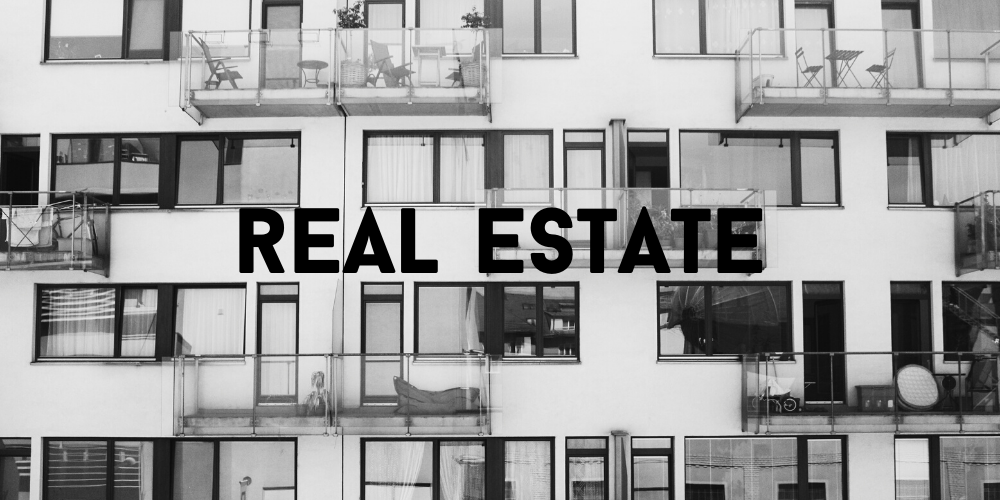By Amanda Lin
Questions
How have the location, size, and shape of architecture in Dubai been determined by municipal or state regulation? How have they been determined by the real estate market? How were the two related?
Discussion
According to Mike Davis, Dubai is the world’s second largest building site after Shanghai, constructing its iconic structures almost entirely in the last 50 years (Davis 2006). The importance of the real estate sector in Dubai began after the city’s pearl-diving and smuggling industries destroyed its economy, teaching consequent rulers to work toward a more diversified economy. Hvidt (2007) argues that Sheikh Rashid’s decision to create economic incentives for the Persian merchant class to migrate to Dubai set the city down a path of development that prioritized business above all else. The first infrastructure building projects—the dredging of Dubai Creek, the construction of Port Jebel Ali, the building of Dubai International Airport—were funded by money from the limited supply of oil found in Dubai. Sheikh Rashid crucially decided to invest this new income into developing the country and providing the basis for increased commercial activities, as he knew the oil revenues would be finite (Hvidt 2007). These initial constructions were the beginning of a building boom in Dubai, driven by the centralized power of the sheikh.
The public and private sectors in Dubai are inextricably linked by historical precedents and modern legislation, and therefore, the real estate sector is guided by the ruler. Hvidt (2007) describes Dubai’s governance structure as “neo-patrimonial,” which means the regime is organized around the ruler as an individual, who controls which people are in positions of power based on loyalty and personal relationships. Prior to the discovery of oil in the Arabian Gulf, patrimonialism—a system in which a patron, who was culturally anchored in the political and social order, distributed material gifts from his own resources to followers to obtain support—was a foundational aspect of the political culture within the tribal societies (Hvidt 2009). With the increased revenue from oil, patrimonialism evolved into neo-patrimonialism, as the patrons became officeholders in state institutions and used public funds to obtain loyalty (Hvidt 2009). In Dubai, examples of neo-patrimonialism include the sheikh gifting land or highly subsidized electricity and water to developers and supporters (Hvidt 2009). The private sector and property ownership are completely dependent on the generosity and good grace of the sheikh.

The ruler’s preeminence over real estate is exhibited not only by the neo-patrimonial political culture, but also within the structure of institutions in the government. The Executive Office, which is basically the ruler’s personal office, manages all new developments, including the many famed megaprojects, free zones, foreign investments, and the thematic “cities” (e.g., Internet City, Media City, Health Care City, etc.,) while more traditional government departments act as regulators (Hvidt 2009). Agencies like the Real Estate Regulatory Agency (RERA) and the Dubai Land Department help regulate the real estate sector and prepare related strategies, which mostly promote the sheikh’s vision of Dubai as the world’s top real estate destination (Jadalhaq 2017). These agencies have control over registering units as “real property,” a label that formalizes the validity of a contract and boosts buyers’ confidence in a sale, and offer legal protections to real estate investors; overall, the regulations overwhelmingly favor buyers or investors, in order to incentivize real estate investment (Jadalhaq 2017). The instated laws demonstrate the extent of government control in the real estate market because the sheikh presides over all decisions made by other governmental branches, even though these organizations wield some power over everyday management and bureaucratic matters. He is clearly in control of his government, and the system of neo-patrimonialism, in conjunction with the fact that the ruler owns all of the non-developed land in Dubai, indicates that private developers are also at the whim of the sheikh.
The political system is not the only method of control that the sheikh exercises with private developers, however. The three main development firms are TECOM, Emaar Properties, and Nakheel Properties. TECOM is majority owned by Sheikh Mohammed personally, Emaar is headed by Mohamed Ali Alabbar, a previous member of the government and close friend of Sheikh Mohammed, and Nakheel is owned by the government. Sheikh Mohammed, thus, has the real estate sector firmly in his grasp. All real estate projects originate with him. Hvidt describes the typical path to development and profit as follows: the government owns a parcel of land that it wants to develop; the government then asks a development company, often one of the three state-influenced firms (TECOM, Emaar, or Nakheel) to develop the tract; the development firm installs basic infrastructure and a few buildings; and the remaining plots are sold to foreign investors (Hvidt 2009). The development firms do not question their role as executors of the sheikh’s will. In an interview at the Council on Tall Buildings and Urban Habitat’s World Congress in Dubai, Alabbar demonstrates the unified reasoning of the Dubai government and Emaar Properties—“When we developed Burj Khalifa, we had a clearly articulated vision of not just delivering an icon that underlines the ambitions and spirit of global collaboration that defines Dubai, but also to maximize the value of the land” (Alabbar and Safarik 2018, 54). The desires of developers, as a consequence of the sheikh’s personal ties to key figures, directly align with the desires of the ruler.

The state and real estate in Dubai are inseparable, and as a result, urban form is understood as an expression of the sovereign. Dubai is often heralded as an “instant city,” with its world-famous buildings rising from the desert primarily in the last two decades, but Hu explains that Dubai’s milestones in history have always held architectural, as well as political and economic, significance—“Dubai Creek and Jebel Ali Port anticipate the tropes of Dubai’s contemporary architectural condition: the large-scale transformation of natural environments, appeals to aerial vision, micro-cities defined by discrete political logics” (Hu 2015, 149). This obsession with grandeur, even during the first building projects in the 1960s, has been the forceful undercurrent motivating Dubai’s construction history. Dubai strives to be the key commercial, financial, and recreational hub of the Gulf by adopting a policy of “apoliticality,” in which the only important ideology is capitalism (Hu 2015). In contrast with the intensely political region that is the Middle East, Dubai becomes a safe haven, a sentiment that is reflected in the sensational architecture that typifies Dubai today (Hu 2015). Modern structures rise from the arid desert sands, seemingly uninhibited by nature. Hu theorizes that Sheikh Mohammed’s desire to implicate Dubai in the capitalist world manifests in the architecture of the city. Dubai’s icons are not meant to be seen by people on the ground—particularly in the case of the World and Palm Islands, as these are only fully experienced from above—but by the camera, the plane, and, most importantly, the Internet (Hu 2015). Using privatized real estate as a tool to create national icons, Dubai blurs the lines of public and private and exists as a city engineered purely to be seen.
Dubai seems to have a never-ending queue of mega-projects to be built because of the government’s almost single-minded willingness to support real estate ventures combined with the international presence in the city. Government-controlled firms take the first risks, backed by the assurance that the necessary state resources will be allocated to ensure that projects succeed (Hvidt 2009). The projects further save money by calling on a private-sector workforce of cheap and deportable South Asians (Davis 2006). Dubai’s massive expatriate population is not exclusive to the wealthy foreign investor or owner of beachfront property; its celebrated structures have been built almost exclusively by mistreated foreign laborers. Less than 10 percent of Dubai’s population consists of UAE nationals, and immigrants, especially from South Asian countries, comprise over 90 percent of the UAE’s private workforce (Malit and Youha 2013). Use of imported labor is strategic, not only because of the cost-effectiveness, but also because it relieves the government of responsibility to the people. Sheikh Mohammed’s people are overwhelmingly not his people, so he has no obligation to care for them. As the self-titled CEO of Dubai, he can instead run the government “as a private business for the sake of the private sector, not for the sake of the state” (Davis 2006, 61). The government’s ability to pour its efforts into development has allowed Dubai to build itself a global reputation based on sensational real estate by ignoring traditional boundaries of private and public, and more importantly, riding on the undying determination of the sheikh.
Sources
Alabbar, Mohamed A, and Daniel Safarik. “Talking Tall: His Excellency Mohamed Ali Alabbar.” Council on Tall Buildings and Urban Habitat Journal 4 (Special 2018 Conference Themed Issue: Polycentric Cities), 2018: 54–57.
Davis, Mike. “Fear and Money in Dubai.” New Left Review 41, 2006: 47–68.
Hu, Cameron. “‘Where Everything Is Political’: Architecture Against Politics in Global Dubai.” In Globalization: The Crucial Phase, edited by Brian Spooner, 143–71. Philadelphia: University of Pennsylvania Press, 2015.
Hvidt, Martin. “Public-Private Ties and Their Contribution to Development: The Case of Dubai.” Middle Eastern Studies 43 (4), 2007: 557–77.
Hvidt, Martin. “The Dubai Model: An Outline of Key Development-Process Elements in Dubai.” Middle Eastern Studies 41, 2009: 397–418.
Jadalhaq, Iyad M. “Fundamentals of the Real Estate Legislative System and Its Impact on Sustainable Development: Dubai Case Study.” Arab Law Quarterly 31, 2017: 388–410.
Malit Jr., Froilan T, and Ali Al Youha. “Labor Migration in the United Arab Emirates: Challenges and Responses.” Migration Information Source, 2013. https://www.migrationpolicy.org/article/labor-migration-united-arab-emirates-challenges-and-responses.

